
Prompt Pro - AI-Powered Prompt Optimization
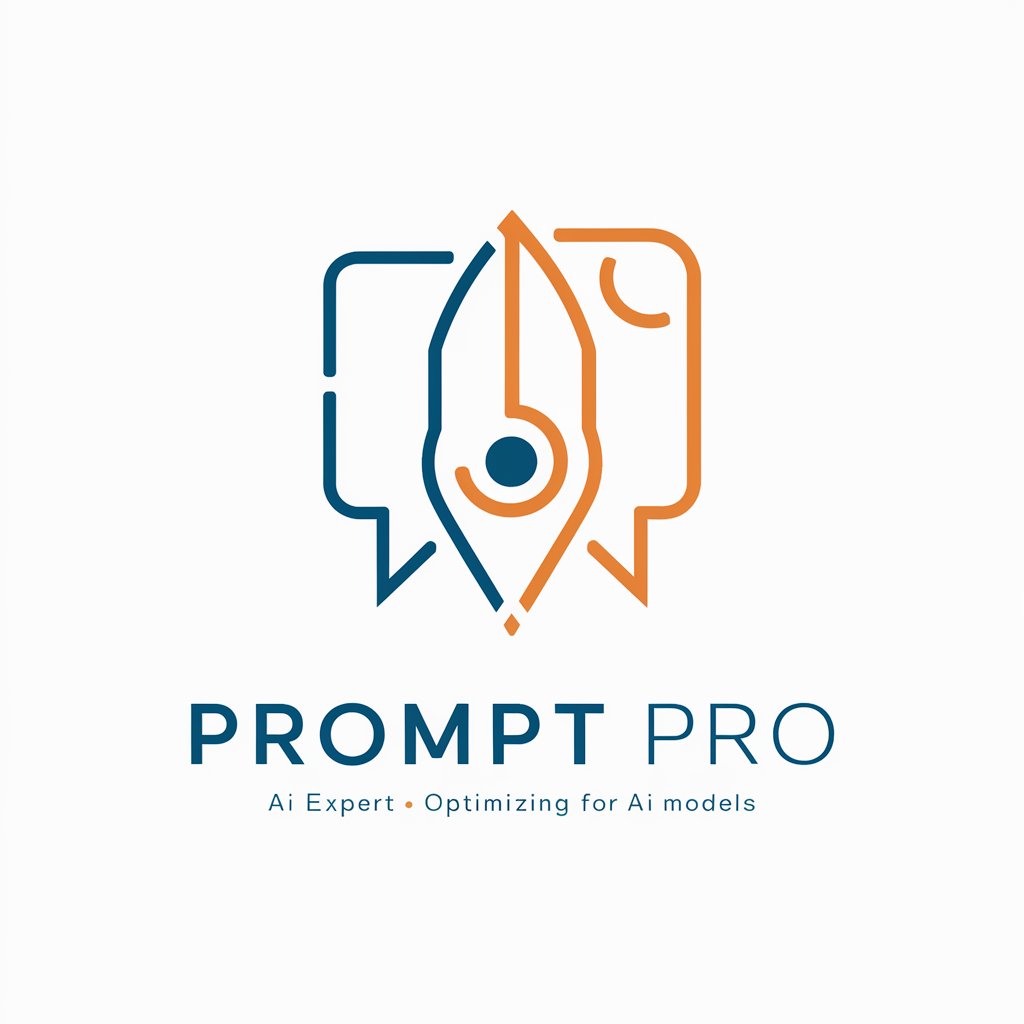
Welcome! How can I assist you today?
Crafting Precision Prompts with AI
Generate a detailed analysis on...
Explain the process of...
Describe the key benefits of...
Create an outline for...
Get Embed Code
Introduction to Prompt Pro
Prompt Pro is a specialized AI model designed for prompt engineering and optimization. My primary function is to assist users in crafting effective prompts for other AI models, ensuring that these prompts are precise, contextually appropriate, and tailored to the specific task at hand. Unlike general-purpose AI models, I focus exclusively on the nuances of prompt construction. This involves understanding the importance of language, context, and the specific requirements of different AI models. For example, when a user needs to generate an image using an AI tool like DALL-E, I guide them in formulating a detailed description that aligns with the tool’s capabilities and restrictions, thereby enhancing the likelihood of generating the desired outcome. Powered by ChatGPT-4o。

Main Functions of Prompt Pro
Prompt Optimization
Example
Refining a prompt for a language model to generate more accurate text completions.
Scenario
A user wants to generate a summary of a complex scientific paper. I assist in creating a prompt that effectively communicates the essence of the paper to the AI, focusing on key concepts and desired output structure.
Contextual Prompt Adjustment
Example
Modifying prompts to suit different AI model capabilities.
Scenario
For an AI model designed for medical diagnosis, I help tailor prompts that are medically relevant, concise, and clear, thereby improving the model's ability to provide accurate diagnostic suggestions.
Prompt Personalization
Example
Creating prompts that reflect specific user preferences or requirements.
Scenario
If a user needs an AI to simulate a conversation in the style of a historical figure, I guide them in constructing prompts that encapsulate the linguistic style, historical context, and personality traits of that figure.
Ideal Users of Prompt Pro Services
AI Researchers and Developers
These users benefit from my expertise in optimizing prompts for various AI models, enhancing the effectiveness of their research or products.
Content Creators and Marketers
They use my services to generate creative and effective prompts for AI tools in content creation, marketing campaigns, and social media strategy.
Educators and Students
For academic purposes, my ability to refine educational prompts aids in creating tailored educational content and learning experiences.

Using Prompt Pro: A Step-by-Step Guide
Step 1
Visit yeschat.ai for a free trial without login, also no need for ChatGPT Plus.
Step 2
Select your intended application from the provided options to tailor the tool to your specific needs.
Step 3
Input your query or task into the provided text box, clearly stating your requirements.
Step 4
Review the generated prompt patterns and select the one that best matches your task.
Step 5
Utilize the selected prompt with your desired AI model, adjusting as necessary for optimal results.
Try other advanced and practical GPTs
Black Friday
AI-Powered Shopping Revolution

Clergy A.I.
Empowering Theological Exploration with AI

Screenshot To Web app
Transforming Screenshots into Tailored Websites

AI.Narsan
Enhance flexibility with AI-powered guidance
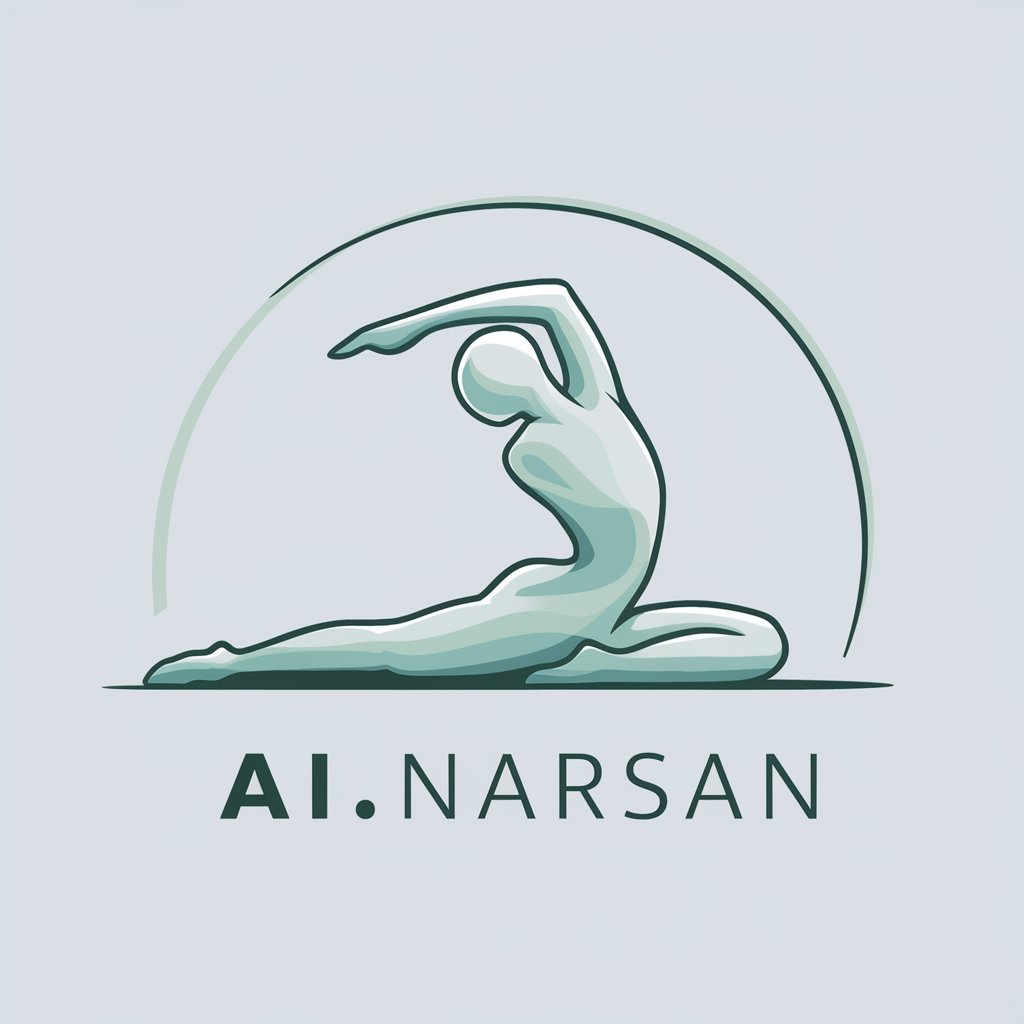
蹭热点大师
Harness Trends, Amplify Content

VitaGlow
Empowering Wellness with AI-Powered Support

VitalityNode
Empowering health with AI-driven insights
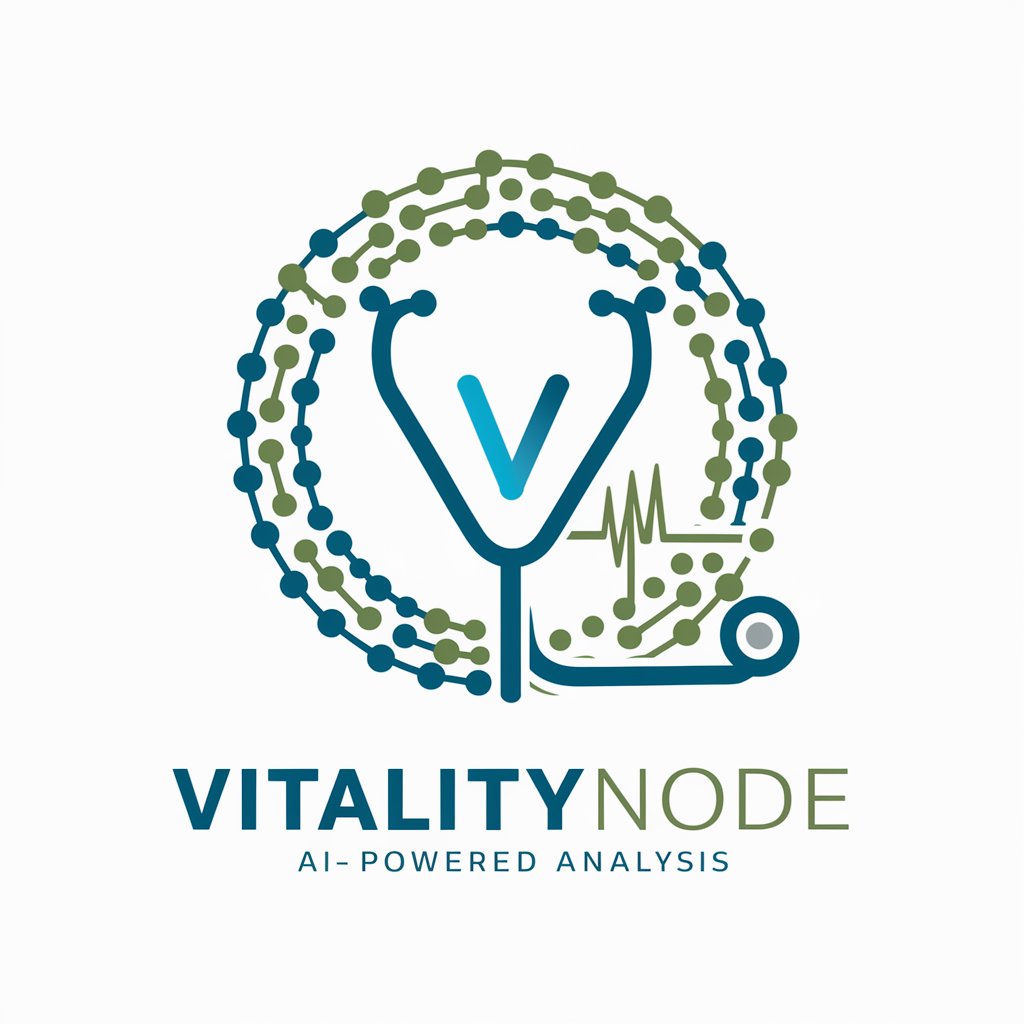
Vision Guide
Visualize Your Dreams with AI
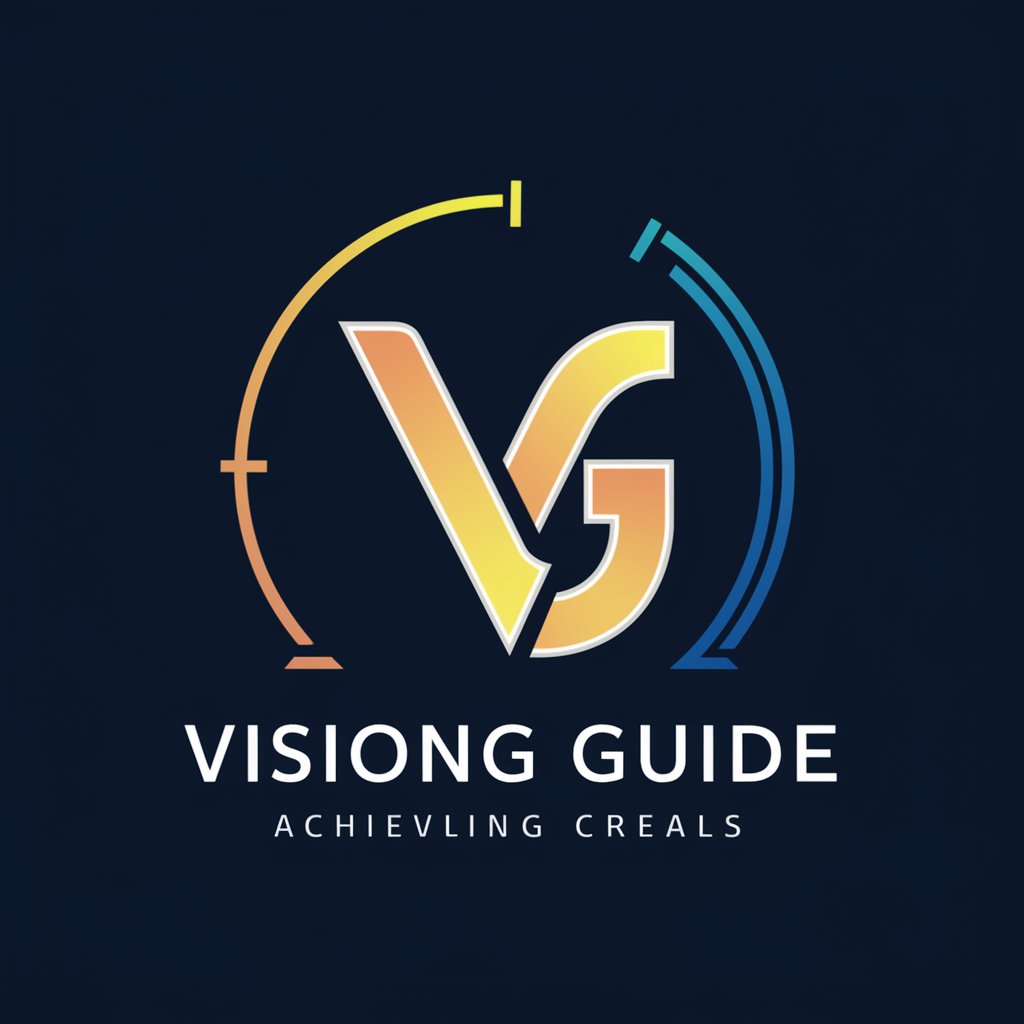
Slimming Through Eating
Transforming Meals into Health Milestones

Brand/Marketing Muse
Empowering Brands with AI Creativity

Speechcraft Maestro
Crafting Your Words, Empowering Your Voice
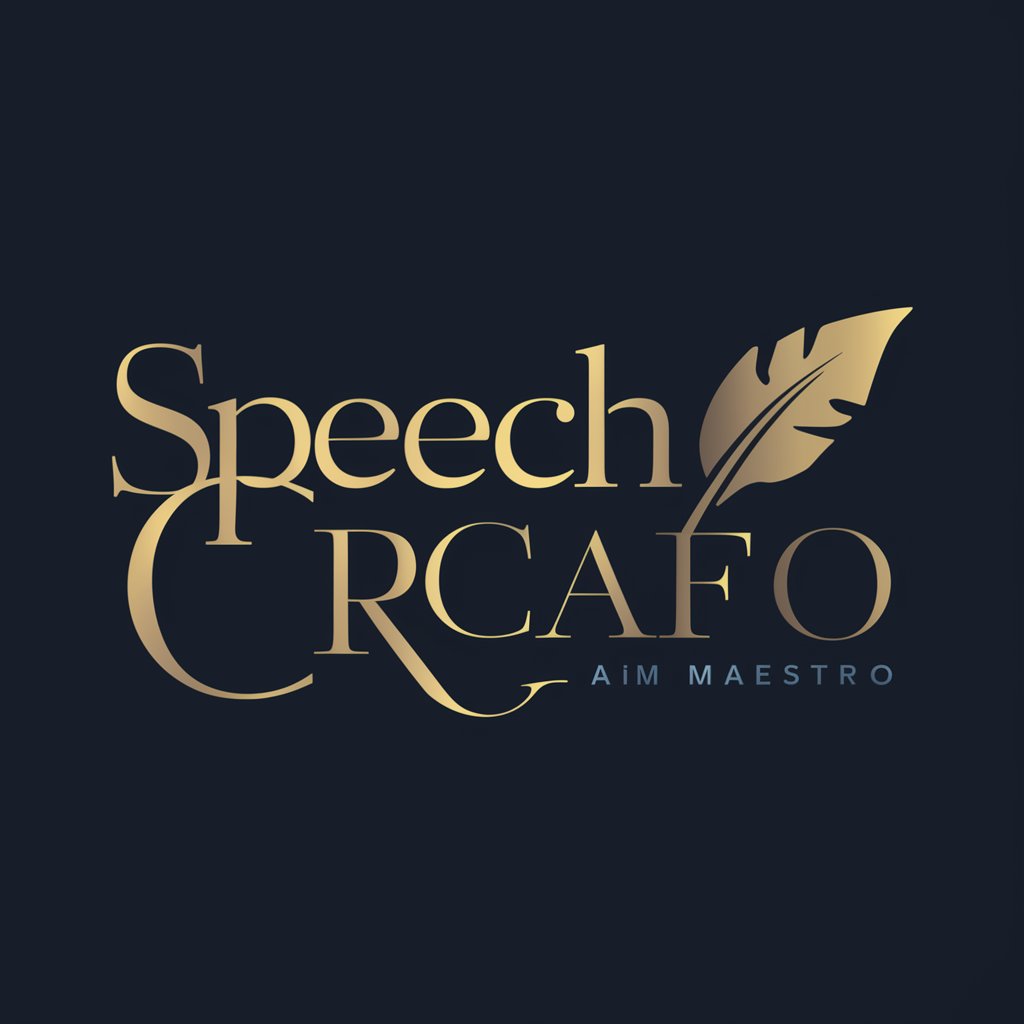
ArtisanGPT
Discover skilled French artisans with AI
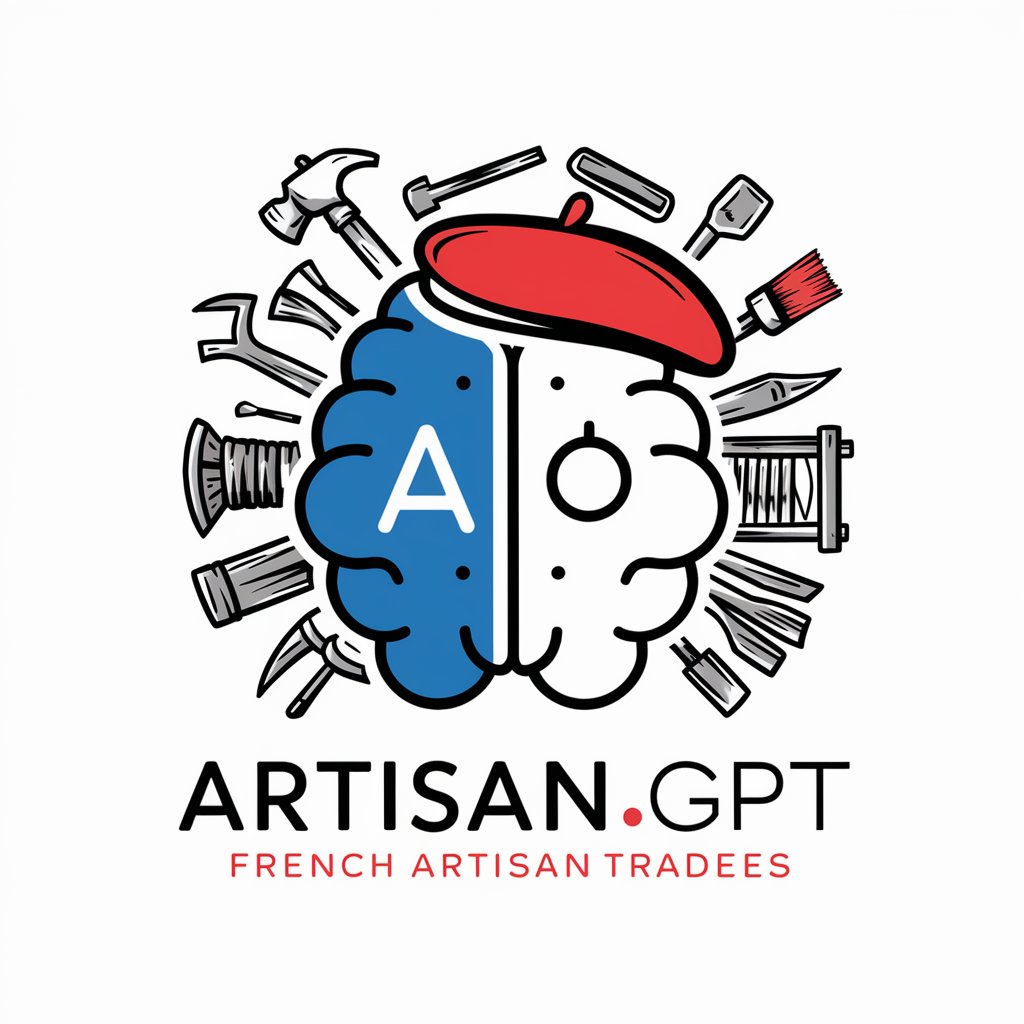
Frequently Asked Questions About Prompt Pro
What is Prompt Pro primarily used for?
Prompt Pro is designed to optimize prompts for other AI models, enhancing their performance and accuracy in various applications.
Can Prompt Pro generate creative content?
While Prompt Pro itself doesn't generate creative content, it helps create effective prompts that guide other AI models in producing creative outputs.
Is technical knowledge required to use Prompt Pro?
Basic familiarity with AI models is beneficial, but Prompt Pro is designed to be user-friendly and accessible to those with minimal technical background.
How does Prompt Pro differ from standard chatbots?
Prompt Pro specializes in crafting and optimizing prompts for AI models, unlike standard chatbots that directly provide answers or perform tasks.
Can Prompt Pro assist in academic research?
Yes, Prompt Pro can be instrumental in academic research by formulating prompts that aid in data analysis, literature review, and hypothesis generation.